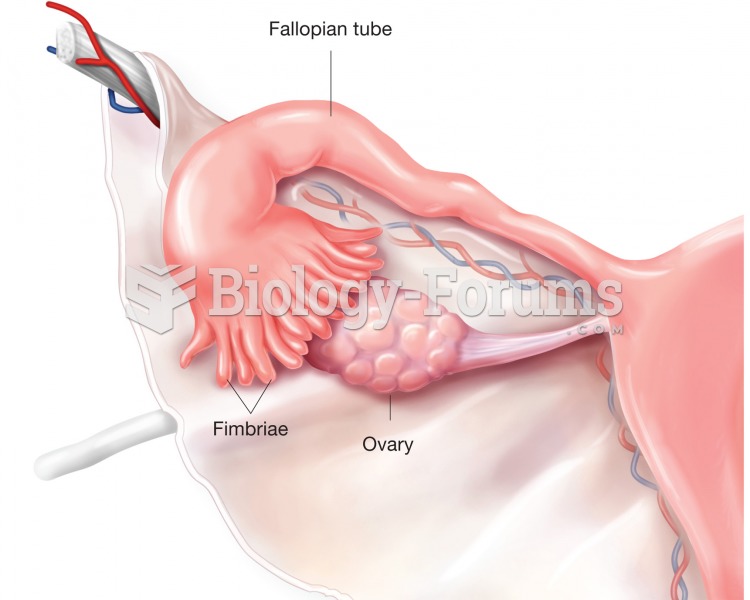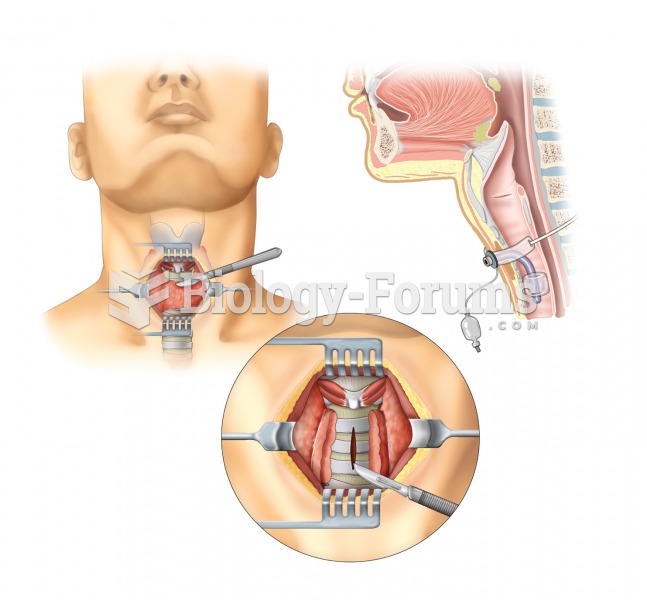|
|
|
The word drug comes from the Dutch word droog (meaning "dry"). For centuries, most drugs came from dried plants, hence the name.
The Centers for Disease Control and Prevention (CDC) was originally known as the Communicable Disease Center, which was formed to fight malaria. It was originally headquartered in Atlanta, Georgia, since the Southern states faced the worst threat from malaria.
Pubic lice (crabs) are usually spread through sexual contact. You cannot catch them by using a public toilet.
As the western states of America were settled, pioneers often had to drink rancid water from ponds and other sources. This often resulted in chronic diarrhea, causing many cases of dehydration and death that could have been avoided if clean water had been available.
There are more nerve cells in one human brain than there are stars in the Milky Way.
 These two species of bedstraw grow predominately on different soil types: Galium saxatile (shown her
These two species of bedstraw grow predominately on different soil types: Galium saxatile (shown her
 The ovaries. In addition to producing ova, the ovaries secrete the female sex hormones, estrogen and
The ovaries. In addition to producing ova, the ovaries secrete the female sex hormones, estrogen and





